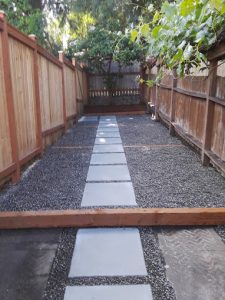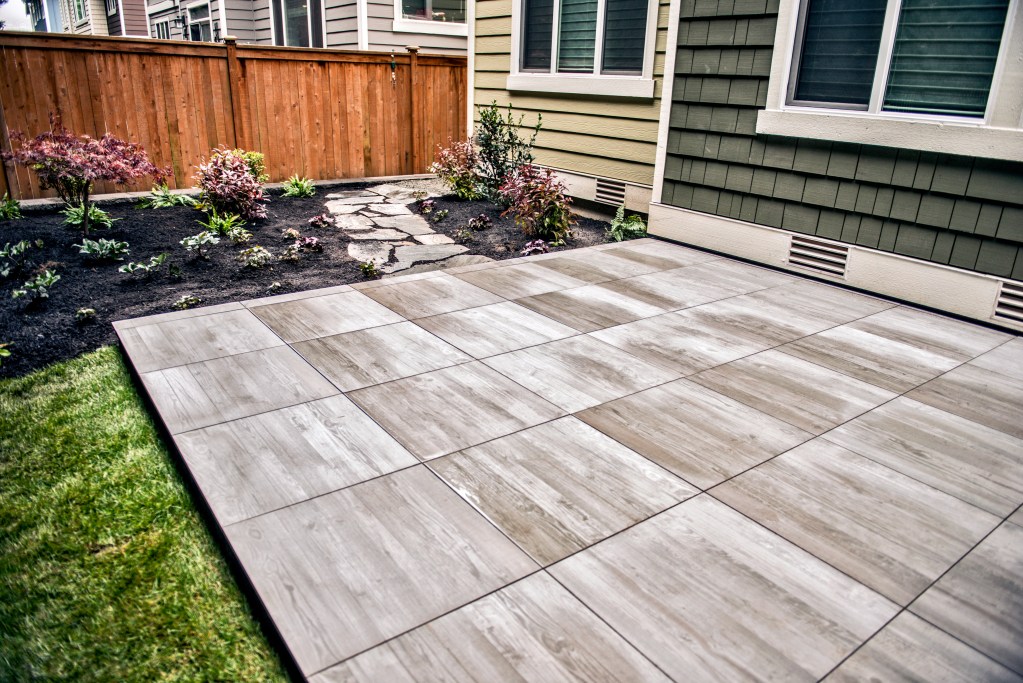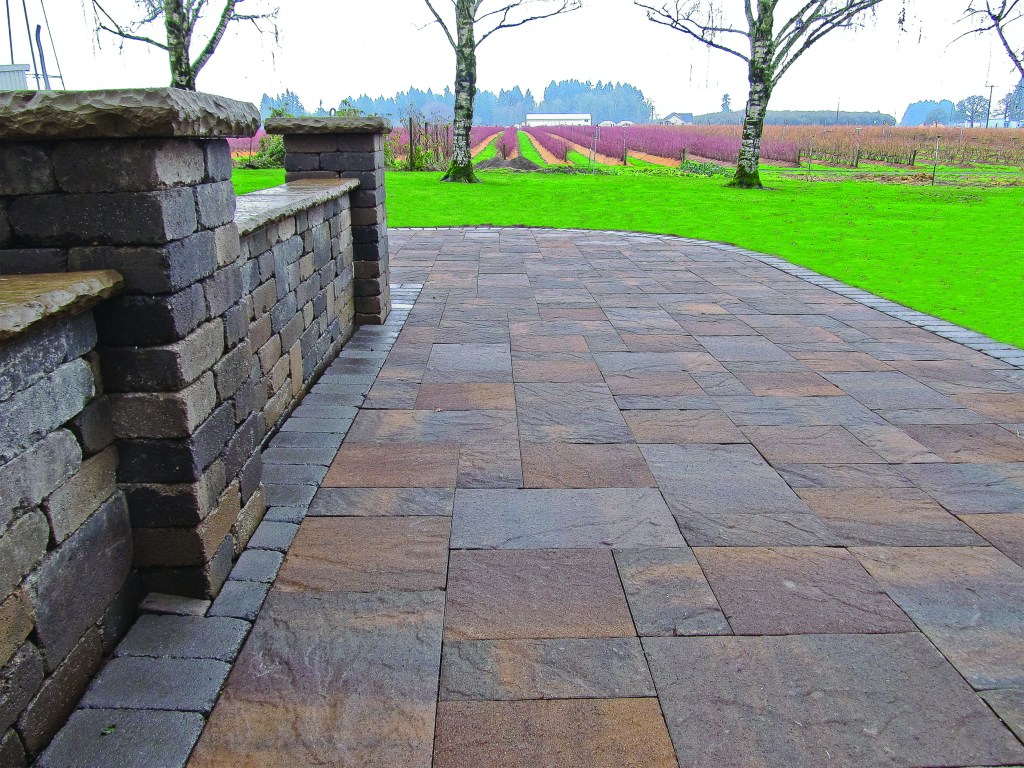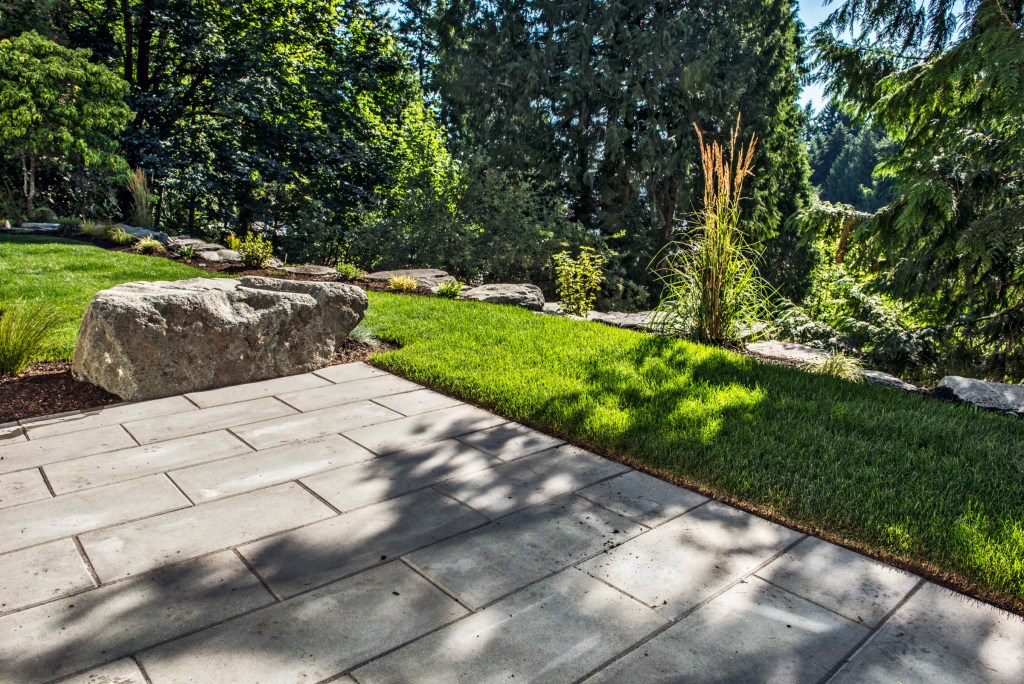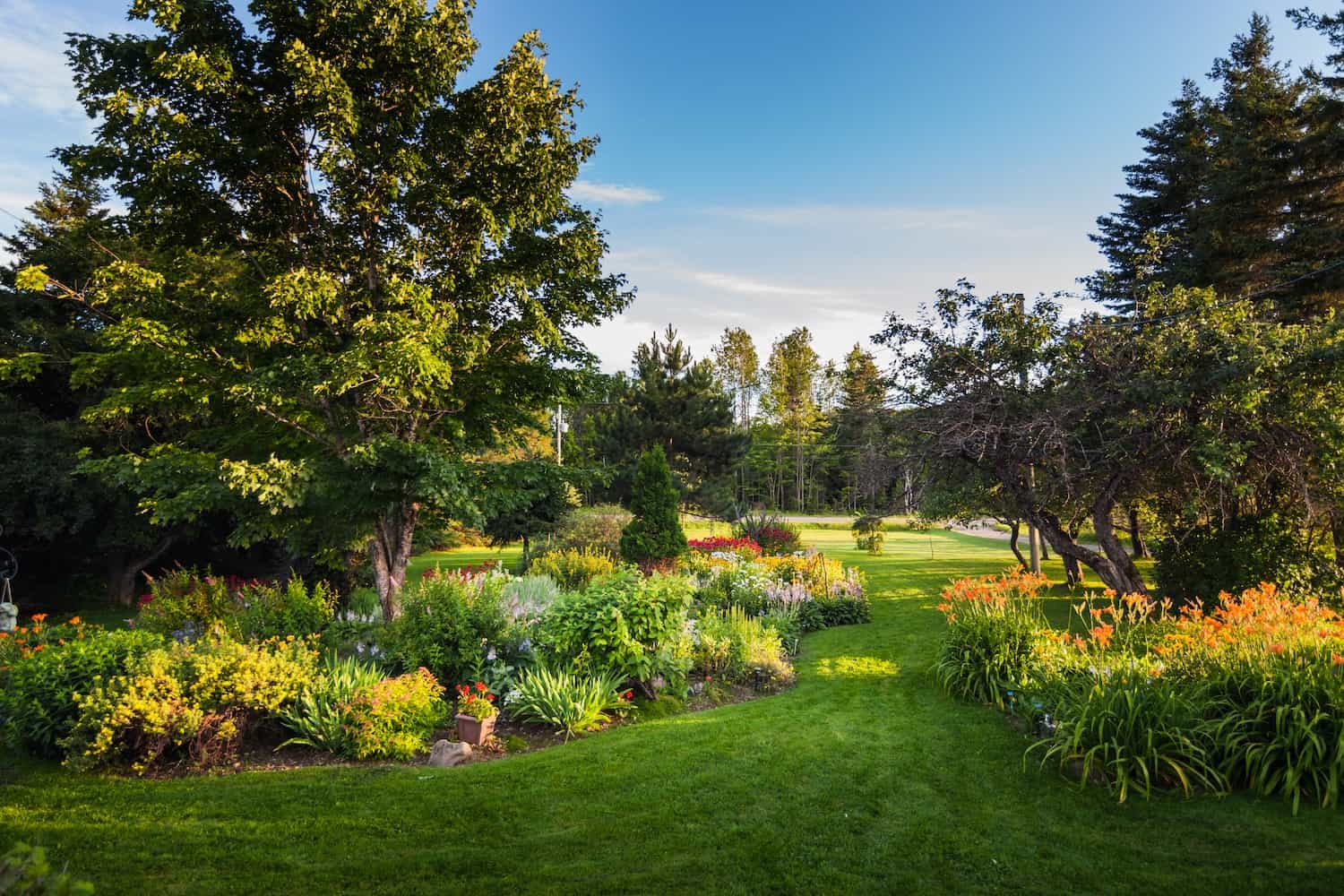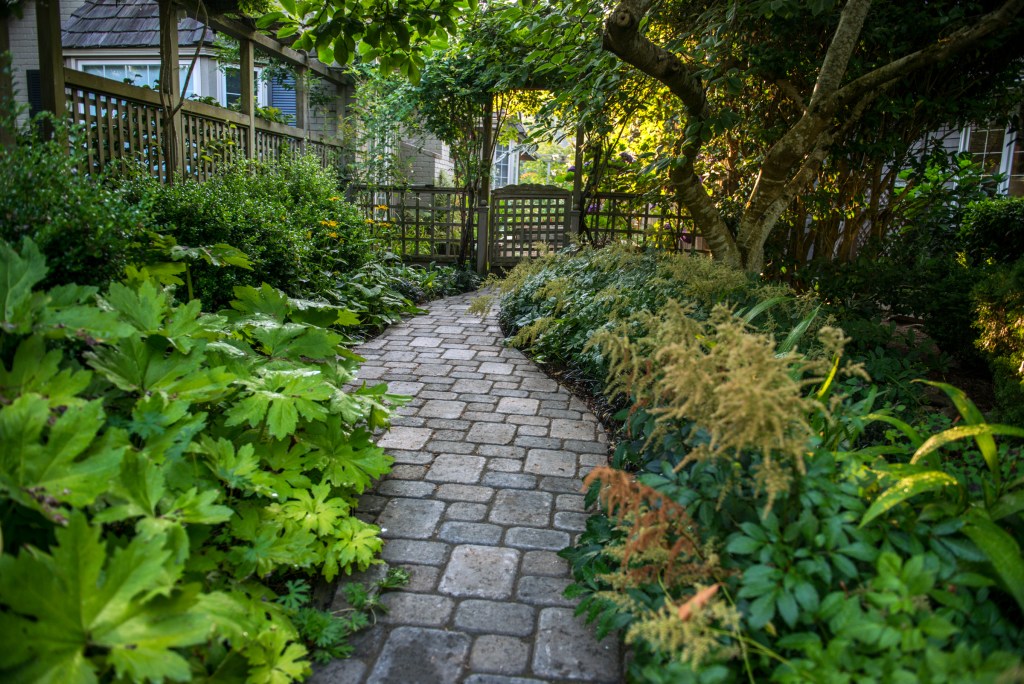Effective Weed Control: Keep Your Yard and Garden Healthy
Weeds in your garden or yard can quickly go from a minor annoyance to a full-blown problem if not controlled. Whether it’s a patch of dandelions or an invasion of aggressive plants, knowing your weed control options is essential for keeping your outdoor spaces looking their best. Let’s explore why weed control matters and break down the different approaches you can use to manage weeds effectively.
Why Weed Control Matters
Weeds are more than just unsightly—they compete with your plants for vital resources like water, nutrients, and sunlight. This can stunt the growth of your desirable plants, making your garden less productive and harder to maintain. Additionally, some weeds can attract pests or harbor diseases, further damaging the health of your plants. Proper weed control is essential to maintaining a thriving and beautiful garden.
Best Practices for Weed Control
To keep weeds in check, follow these best practices:
- Regular Maintenance:
Check your garden frequently for weeds and remove them early on. The sooner you tackle them, the easier it will be to manage before they spread and take over. - Healthy Soil:
Investing in good soil health will help your plants thrive and outcompete weeds. Healthy, nutrient-rich soil encourages strong plants that are more resistant to weed growth. - Diversity in Planting:
A diverse garden with various species helps create a balanced ecosystem, making it harder for weeds to get a foothold. Planting a mix of native species and companion plants can also deter weed growth naturally. - Timing:
Apply herbicides when weeds are actively growing, usually during the spring and fall. Weeds are most vulnerable to treatment during these times when they are in their prime growth stages. - Water Wisely:
Water your plants deeply and infrequently, targeting their roots. Shallow watering promotes surface growth, making it easier for weeds to compete. Deep watering encourages strong roots, which are more resilient to weed invasion.
Chemical vs. Organic Weed Control
There are two main approaches to weed control: chemical and organic. Both have their pros and cons, and the right choice will depend on your specific situation.
A. Chemical Weed Control
How It Works:
Chemical herbicides are designed to target and kill or inhibit the growth of weeds. They contain powerful ingredients that act quickly, often targeting specific types of weeds. When used properly, they can be highly effective at controlling weeds.
Types:
- Pre-emergent Herbicides: These products stop weed seeds from germinating. Think of them like a bouncer at a club, preventing unwanted guests from getting in.
- Post-emergent Herbicides: These are used to kill weeds that have already sprouted. They’re the cleanup crew, taking care of weeds that have already shown up at the party.
Common Products:
- Glyphosate (Roundup) is one of the most popular chemical herbicides, but there are many others tailored for specific weed types.
Best Practices:
- Apply herbicides on a dry, calm day to minimize the risk of drift to your desirable plants.
- Always follow the label instructions carefully—more isn’t always better, and proper application is key.
- Wear protective gear, including gloves and goggles, to ensure safety when using chemical products.
B. Organic Weed Control
How It Works:
Organic weed control relies on natural substances to manage weeds. This method is gentler on the environment and can be just as effective over time. Organic solutions typically involve removing weeds by hand, using natural herbicides, or employing preventative methods like mulching.
Common Methods:
- Hand Pulling:
This classic method involves physically pulling weeds from the root. It’s the most straightforward approach and works best when the soil is moist, making it easier to remove the entire root system. - Mulching:
A thick layer of mulch (such as wood chips or straw) can smother weeds and block sunlight, preventing their growth. It also helps retain moisture in the soil, benefiting your plants. - Boiling Water:
Pouring boiling water directly onto weeds will kill them instantly. While effective, this method is best for small patches of weeds and can harm surrounding plants if used carelessly. - Natural Herbicides:
Products made with natural ingredients like vinegar or citric acid can be used as organic herbicides. These are effective for killing weeds but may take longer to work compared to chemicals.
Best Practices:
- Keep your garden healthy and well-maintained. Strong, healthy plants are better equipped to outcompete weeds.
- Organic methods may take longer to work, so consistency is key. Regular application will help keep weeds under control.
- Combine methods for even better results—pulling weeds, mulching, and using natural herbicides in tandem will provide the most comprehensive weed control.
Choosing the Right Weed Control for Your Garden
Weed control is crucial to maintaining a thriving, healthy garden. Whether you choose chemical or organic methods, the key is to stay proactive and consistent. Regularly maintaining your garden, improving soil health, and using the right tools for the job will help keep weeds at bay and your plants flourishing.
If you’re unsure which weed control method is best for your garden, or if you need help with a more persistent weed problem, don’t hesitate to reach out. As a professional landscaper, I’m here to help you create the outdoor space you’ve always dreamed of—weed-free and thriving!
Seattle Weeding Schedule
| Frequency | Schedule | Recommended Actions |
|---|---|---|
| Monthly | January | Inspect for winter weeds; remove if found. |
| February | Prepare tools; remove any visible weeds. | |
| March | Start early spring weeding; focus on emerging weeds. | |
| April | Continue weeding; mulch to prevent new growth. | |
| May | Inspect regularly; pull weeds before they seed. | |
| June | Weed around summer annuals; keep soil moist. | |
| July | Check for drought-tolerant weeds; remove. | |
| August | Prepare for fall weeding; remove late summer weeds. | |
| September | Weed after fall planting; mulch to suppress growth. | |
| October | Final weeding before winter; remove debris. | |
| November | Inspect for winter weeds; prepare for next season. | |
| December | Review garden plans; stay on top of weeds. | |
| Quarterly | January – March | Plan for spring; focus on soil health and weed prevention. |
| April – June | Intensive weeding as plants grow; mulch heavily. | |
| July – September | Monitor summer weeds; ensure healthy plant growth. | |
| October – December | Winter prep; remove any remaining weeds. | |
| Annual | Year-Round | Keep records of weed types and effectiveness of control methods. |
Tools You’ll Need
Here’s a handy list of tools to help you tackle weeds effectively:
Hand Tools:
- Weeding fork or trowel for pulling weeds out by the roots.
- Hoe for cutting weeds off at the surface.
Sprayers:
- Backpack or pump sprayer for applying herbicides (chemical or organic).
Mulching Materials:
- Organic mulch like bark, straw, or wood chips to suppress weeds.
Protective Gear:
- Gloves, goggles, and a mask for safety when using chemicals.
Common Weeds in Seattle
Knowing your enemy is half the battle! Here are some common weeds you might encounter in Seattle:
- Dandelions: Those bright yellow flowers are beautiful, but they can spread quickly.
- Clover: Often considered a weed but can also be a desirable ground cover.
- Thistle: A prickly nuisance that can take over if not managed.
- Purslane: A succulent weed that thrives in the summer heat.
We’re here to help!
Whether you go chemical or organic, the key to successful weed control is staying proactive and consistent. Every garden is different, so feel free to experiment with what works best for you. Remember, a little effort goes a long way in keeping your Seattle garden lush and vibrant.



